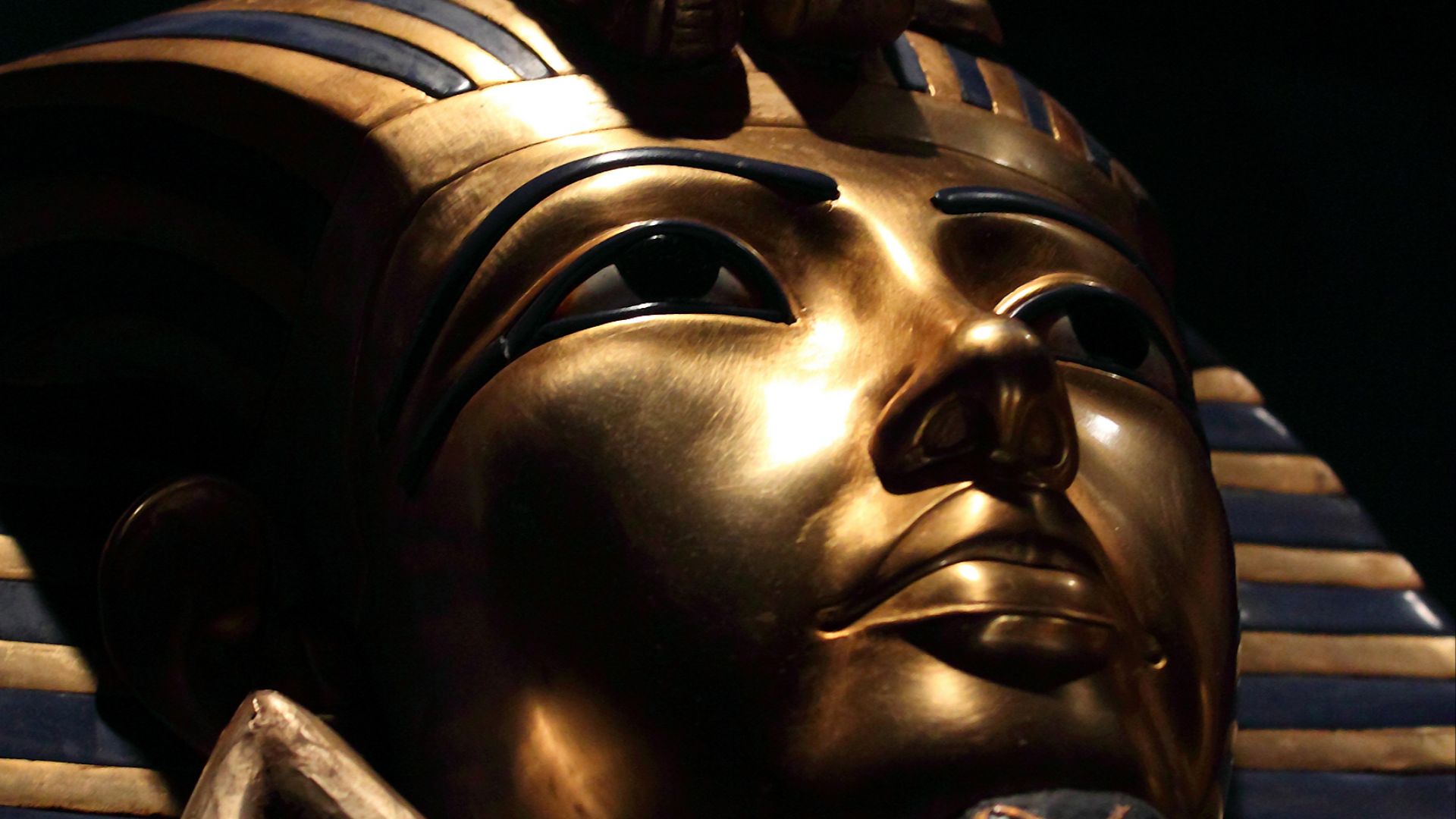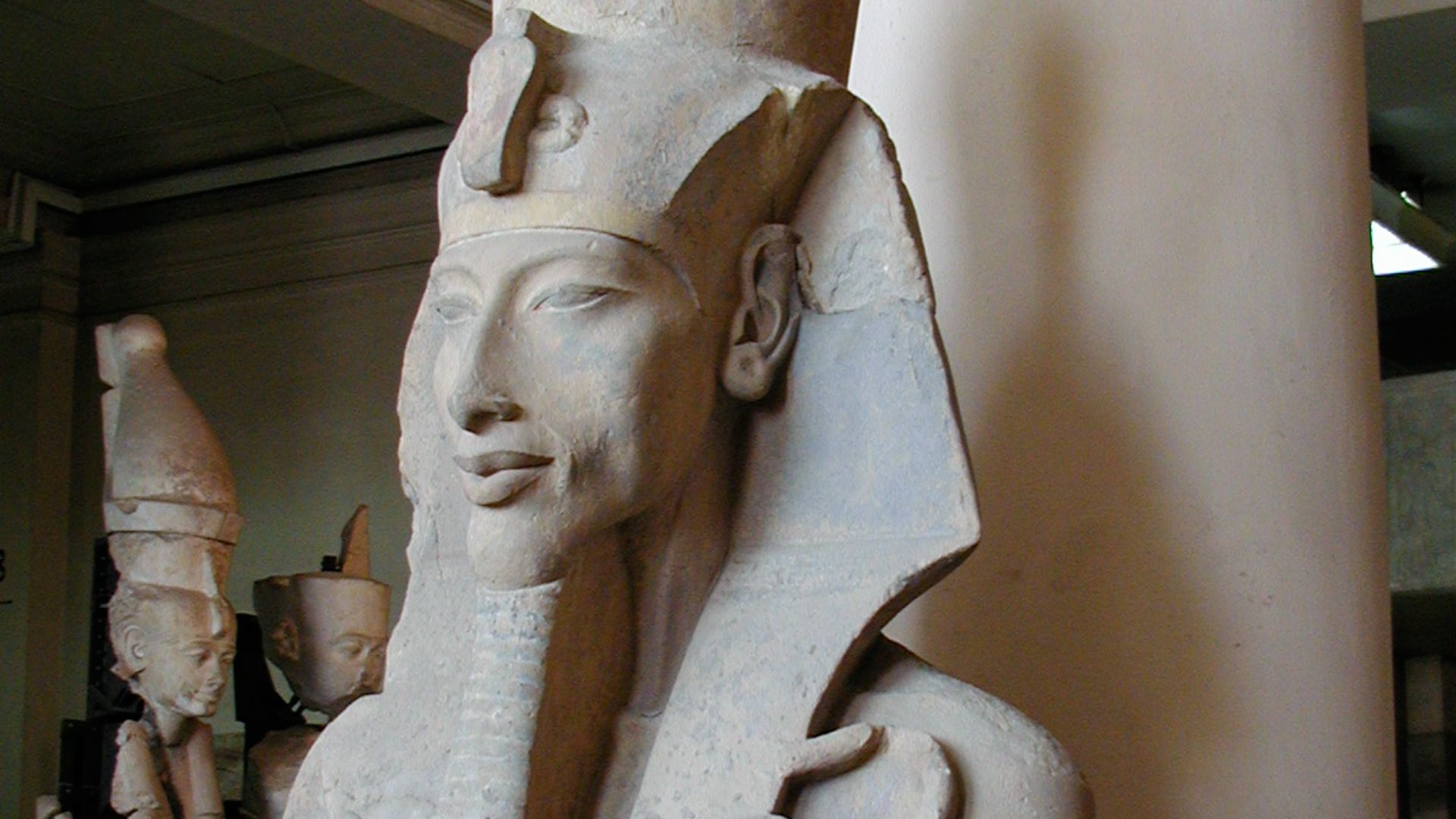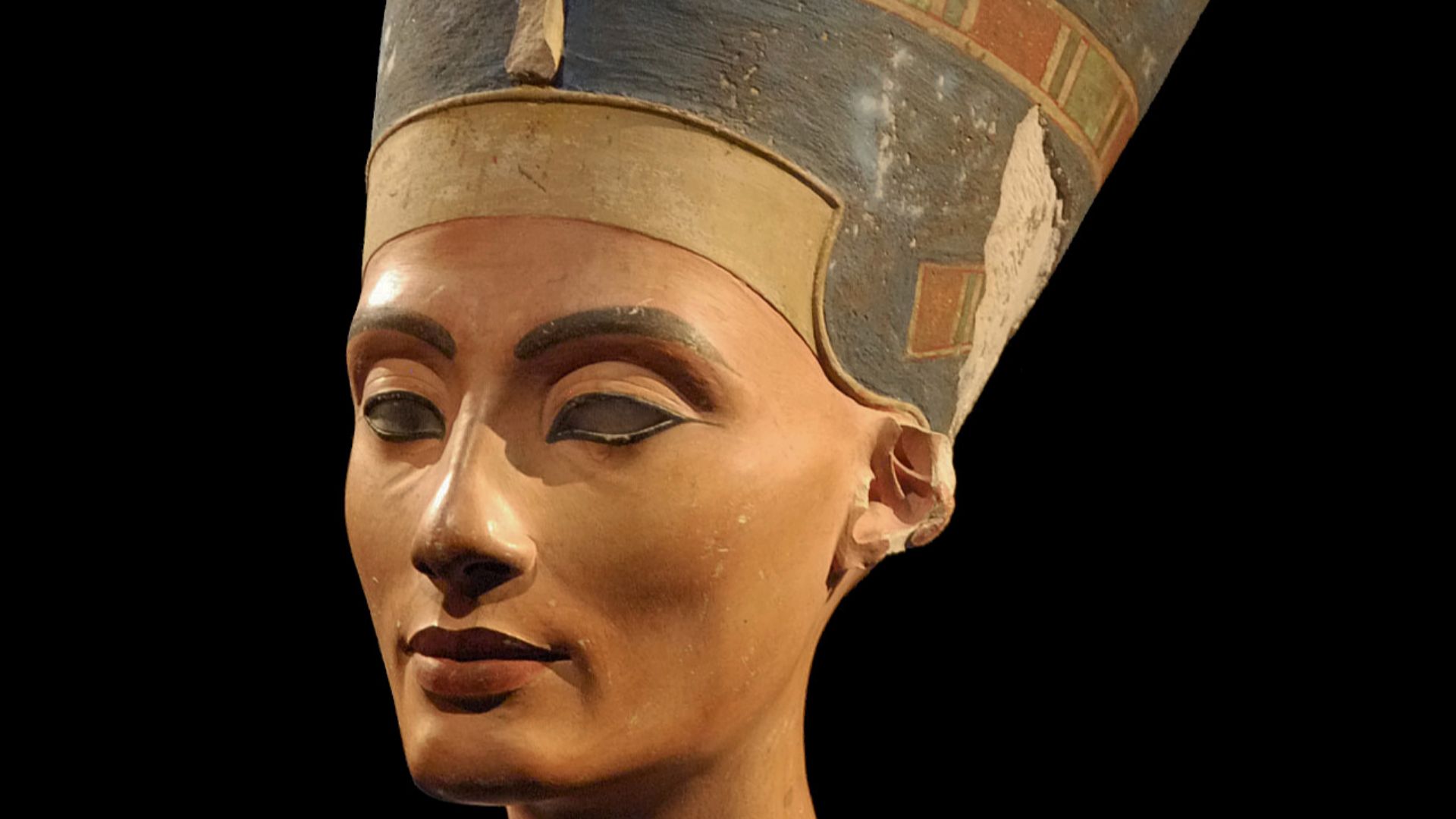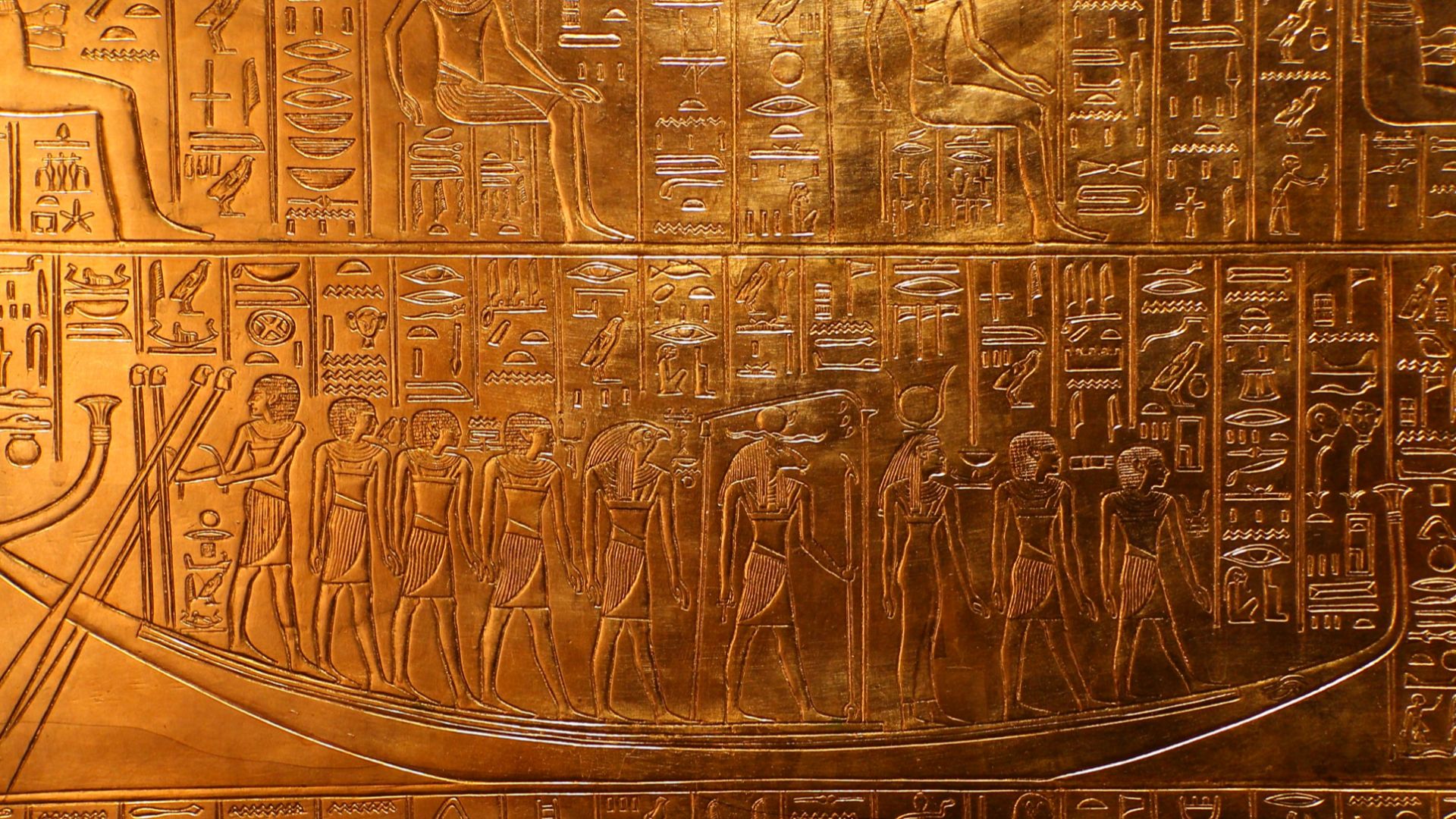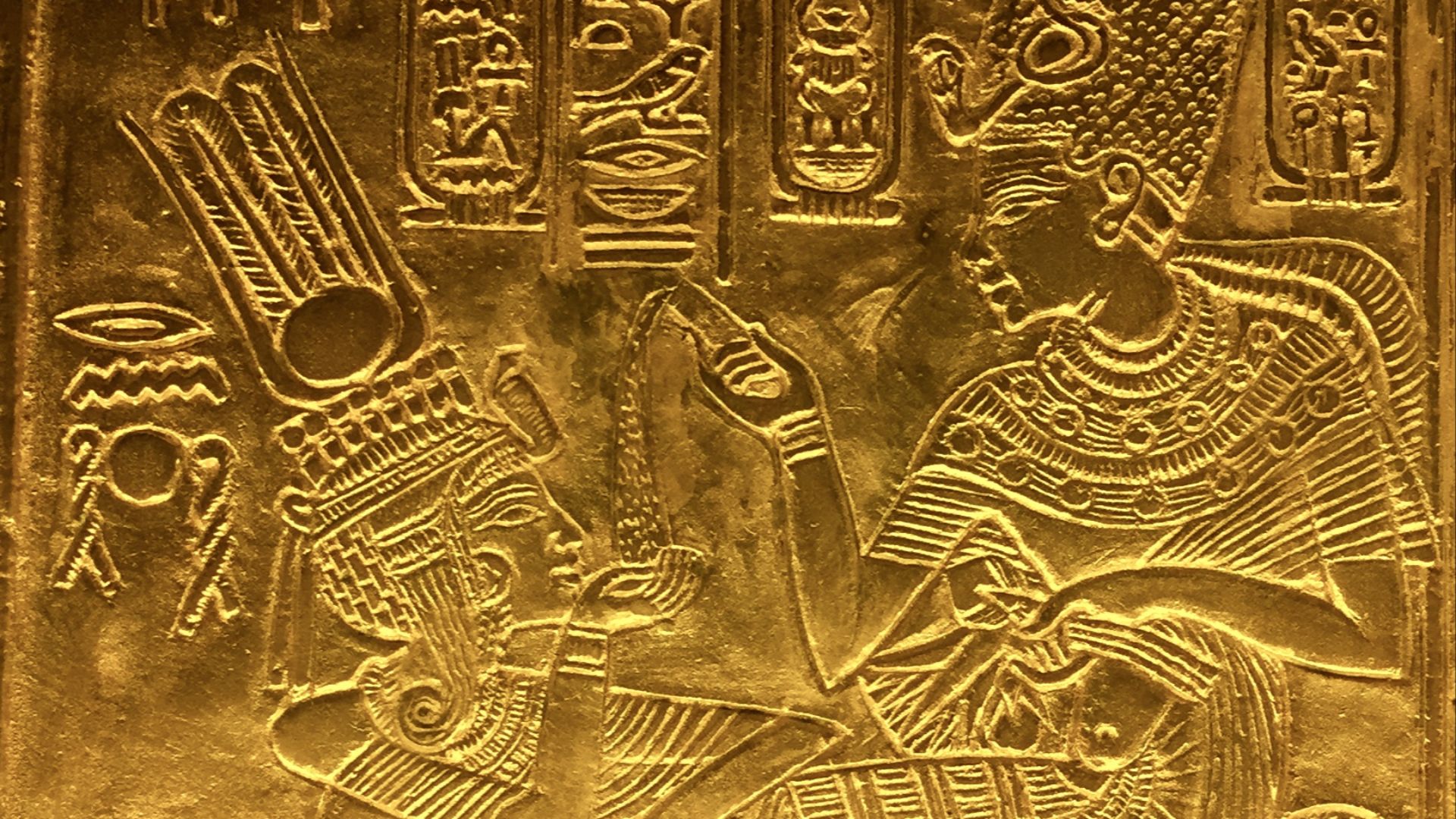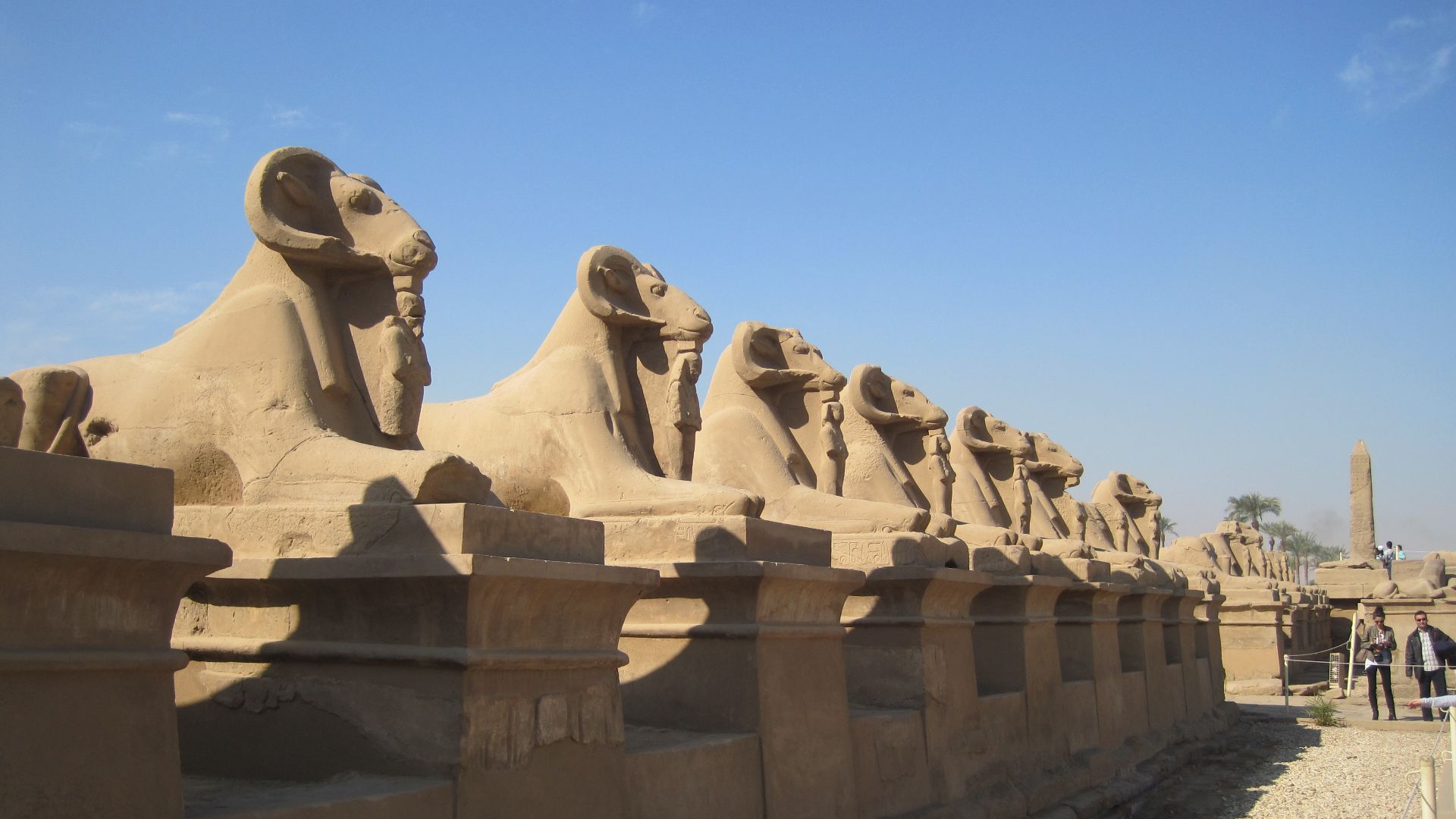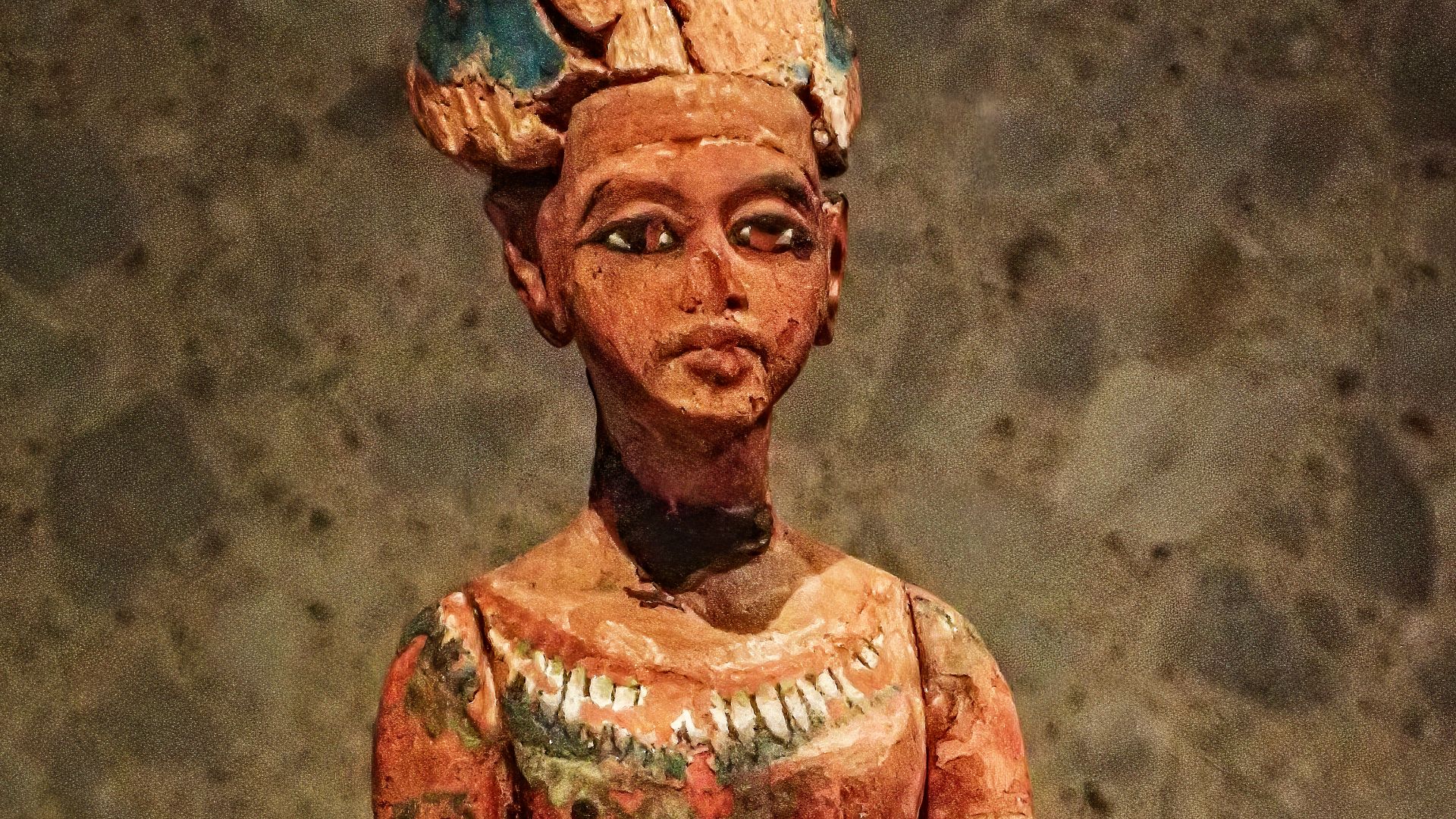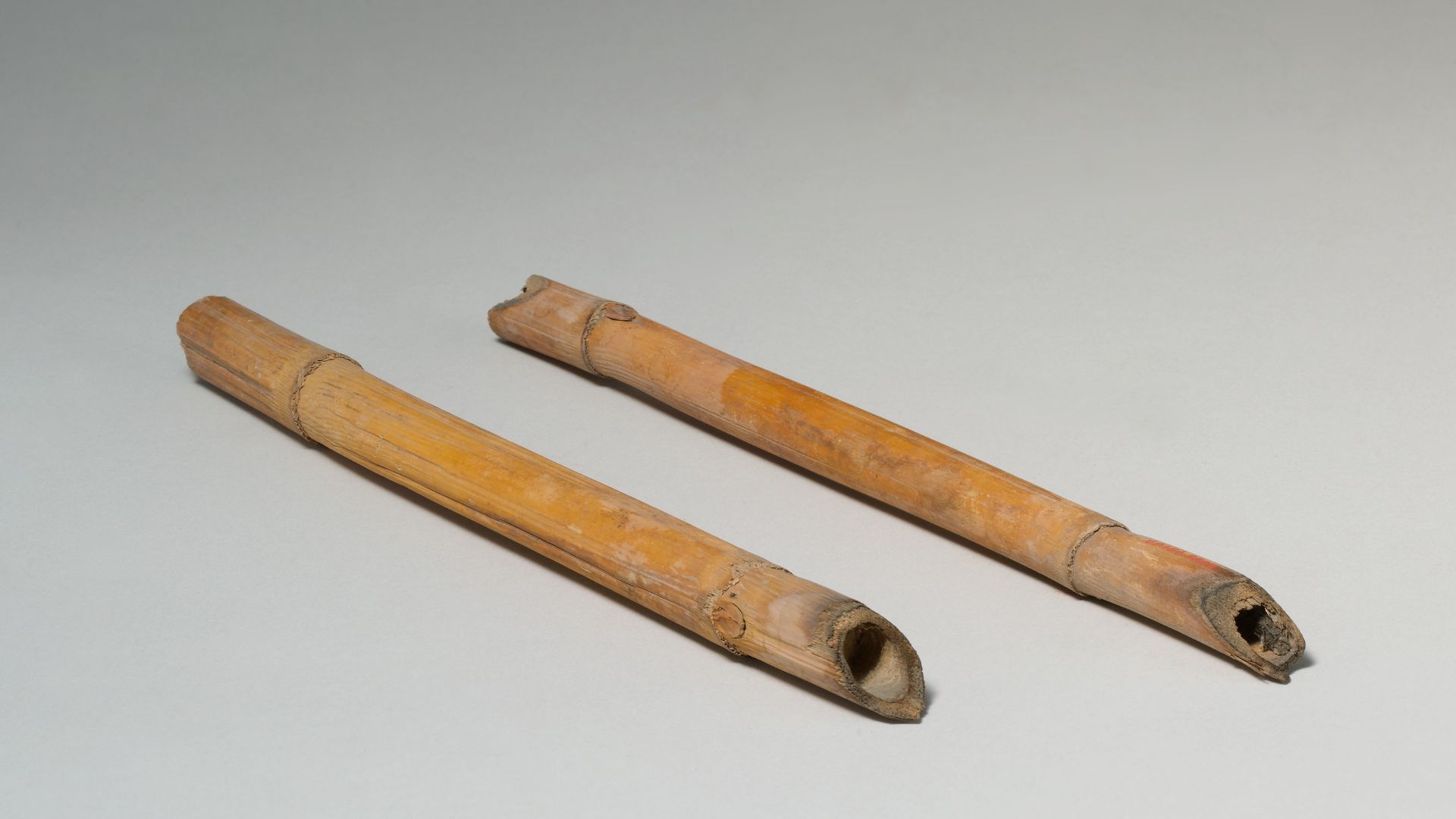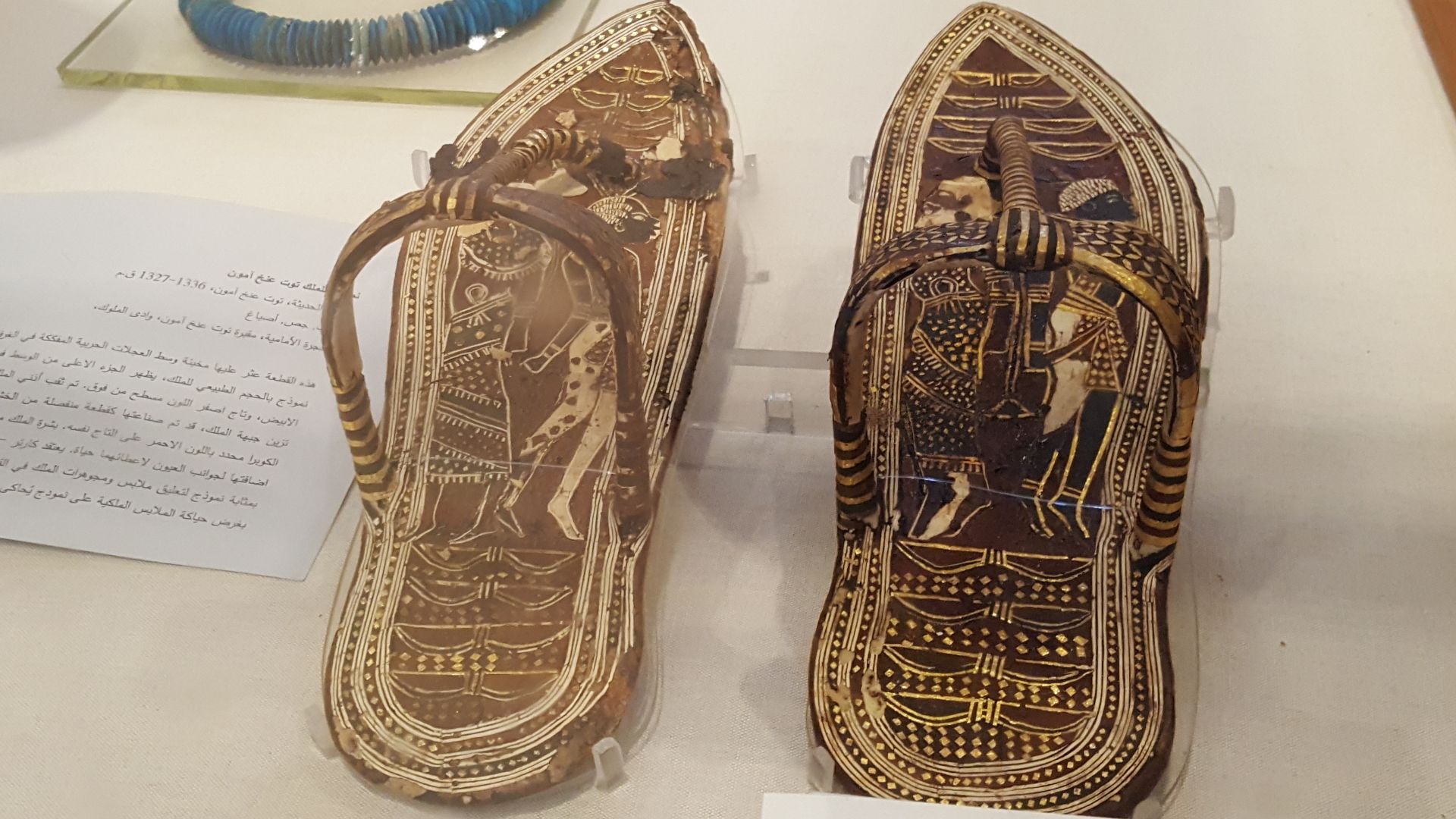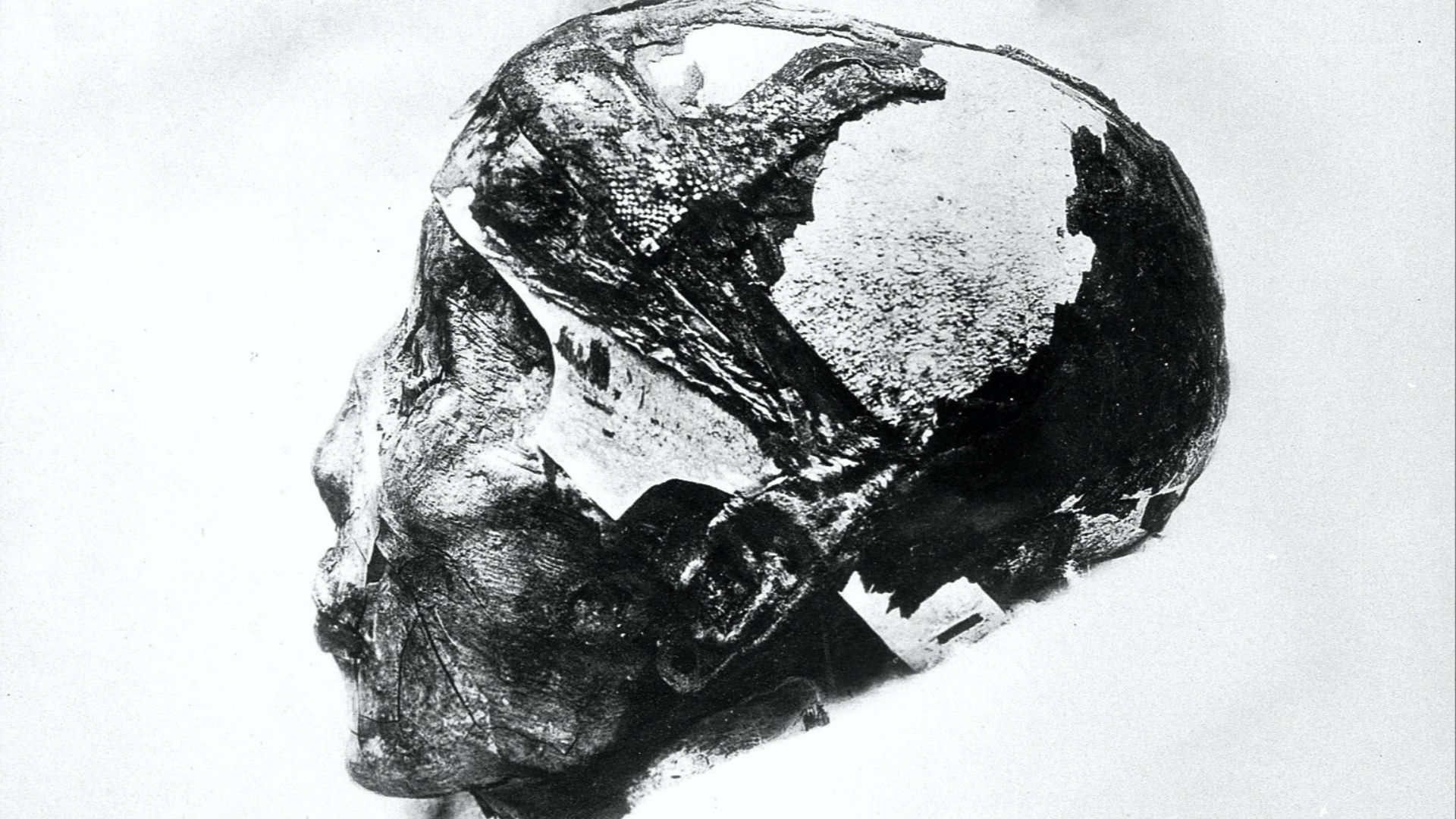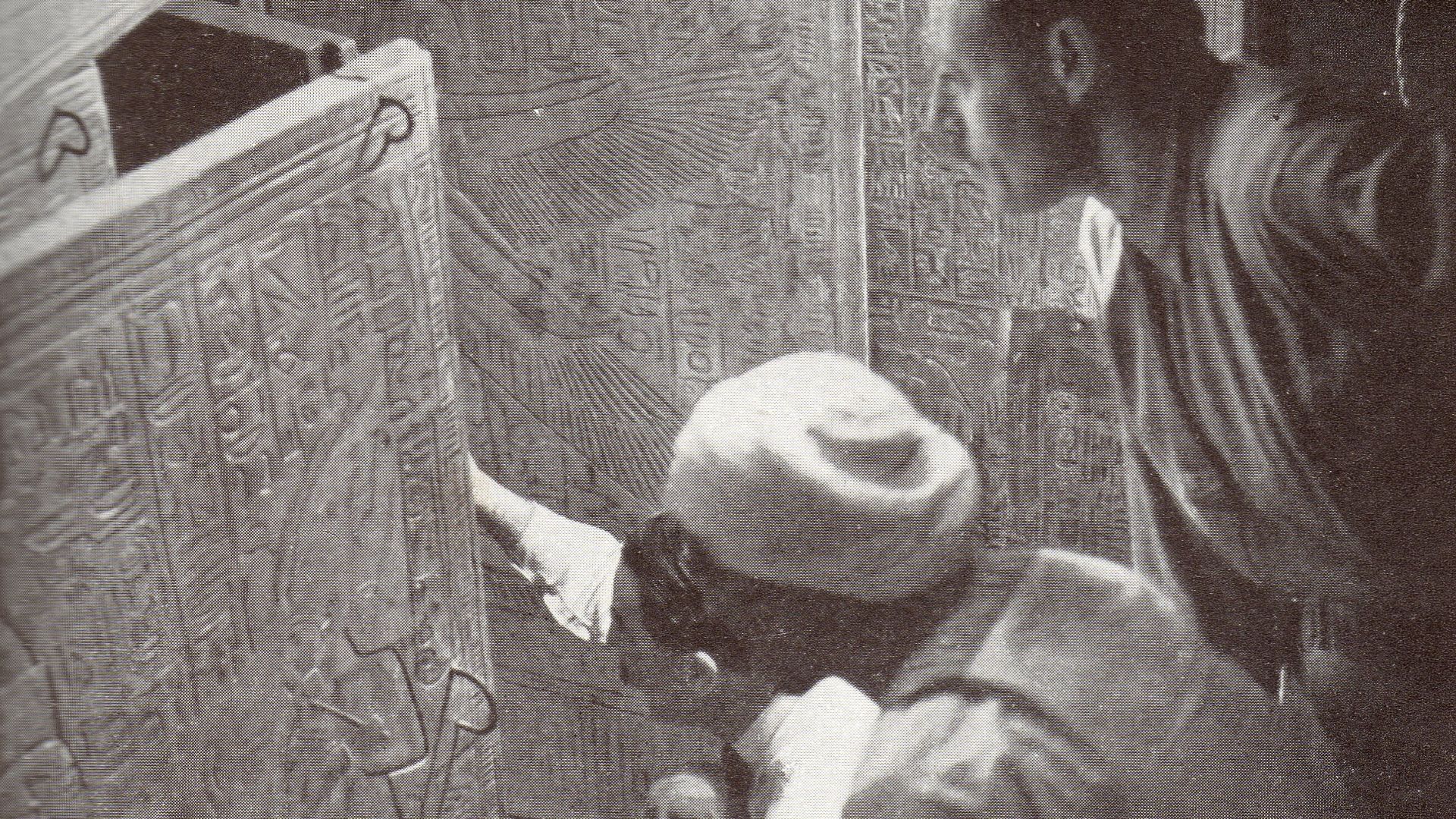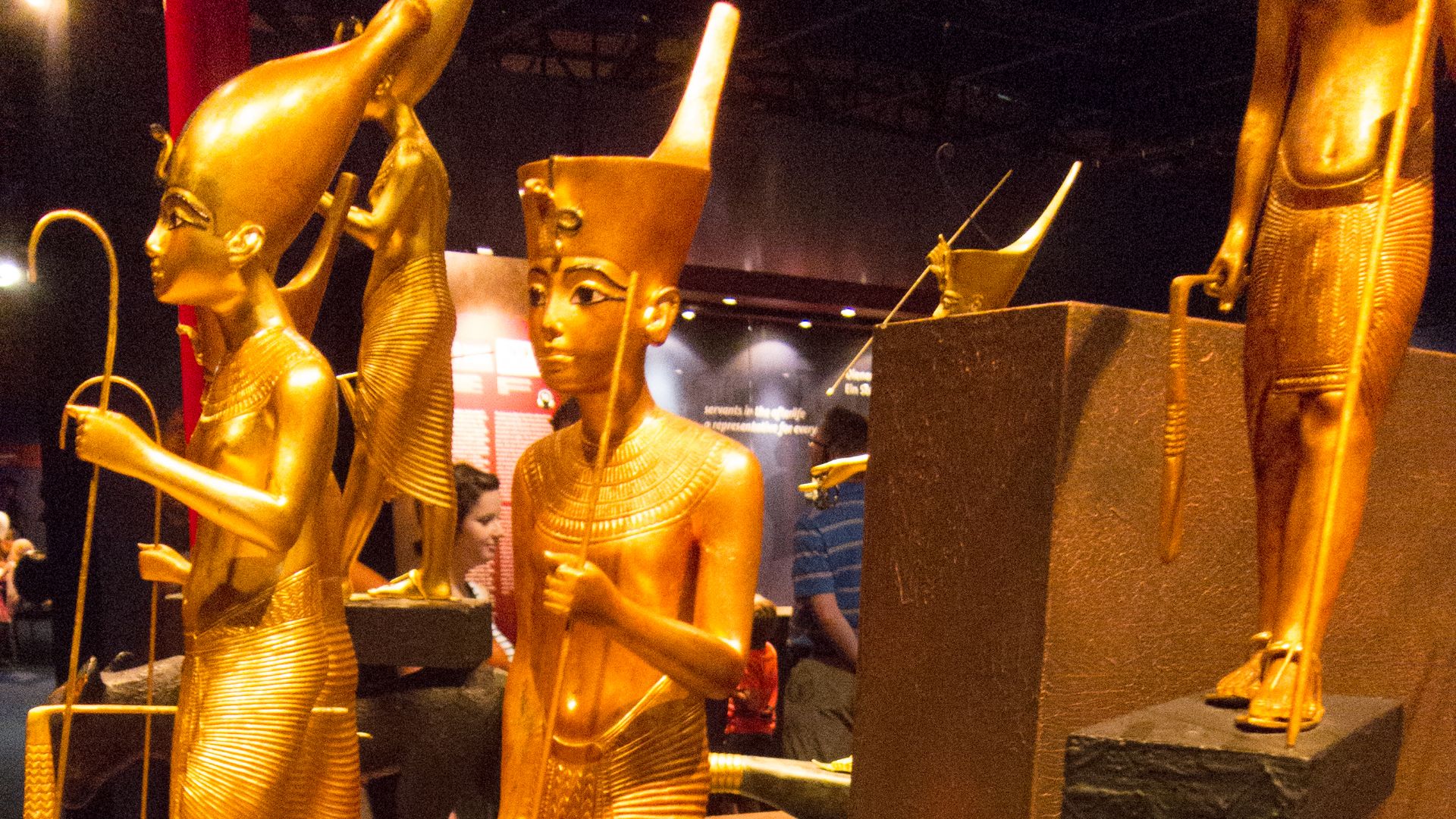The Man, The Myth, The Legend
Tutankhamun, better known as King Tut, is one of the most recognizable figures from Ancient Egypt. In the century since his tomb was opened by Howard Carter, King Tut has taken on a new lease in the afterlife, lending his name to songs, products, pets, and even a children’s cartoon! Here are 20 facts about the man behind the mask.
1. His Parentage Is Mysterious
We know that Tutankhamun was a prince, but beyond that, his origins are somewhat murky. Most Egyptologists believe him to be the son of Akhenaten and an unknown woman known only as The Younger Lady. DNA testing confirmed that this woman was not only Tutenkhamun’s mother but also his aunt, as she was labelled as the king’s sister.
2. His Birth Caused Family Drama
Ancient Egyptian royal families were messy, tangled, and confusing. Akhenaten already had several children by his principal wife, Nefertiti, but they were all daughters. While princesses could inherit the throne, Tutankhamun’s status as a son meant he jumped to the head of the succession line, something that Nefertiti may have resented on behalf of her daughters. And you thought your family had drama!
3. He Had Several Names
His birth name was actually Tutankhaten, meaning “living image of Aten.” An unpopular change by Akhenaten replaced the Egyptian pantheon with a cult based around the sun god, Aten. When Tut ascended to the throne, he took the royal name Nebkheperure.
4. He Ruled As A Child
Upon the death of his father, Tut became the last pharaoh of the 18th Dynasty of Egypt. He was either 8 or 9 at the time, which in our opinion is definitely not old enough for that kind of responsibility. Because of his age, most, if not all, of his reign was assisted by two advisors.
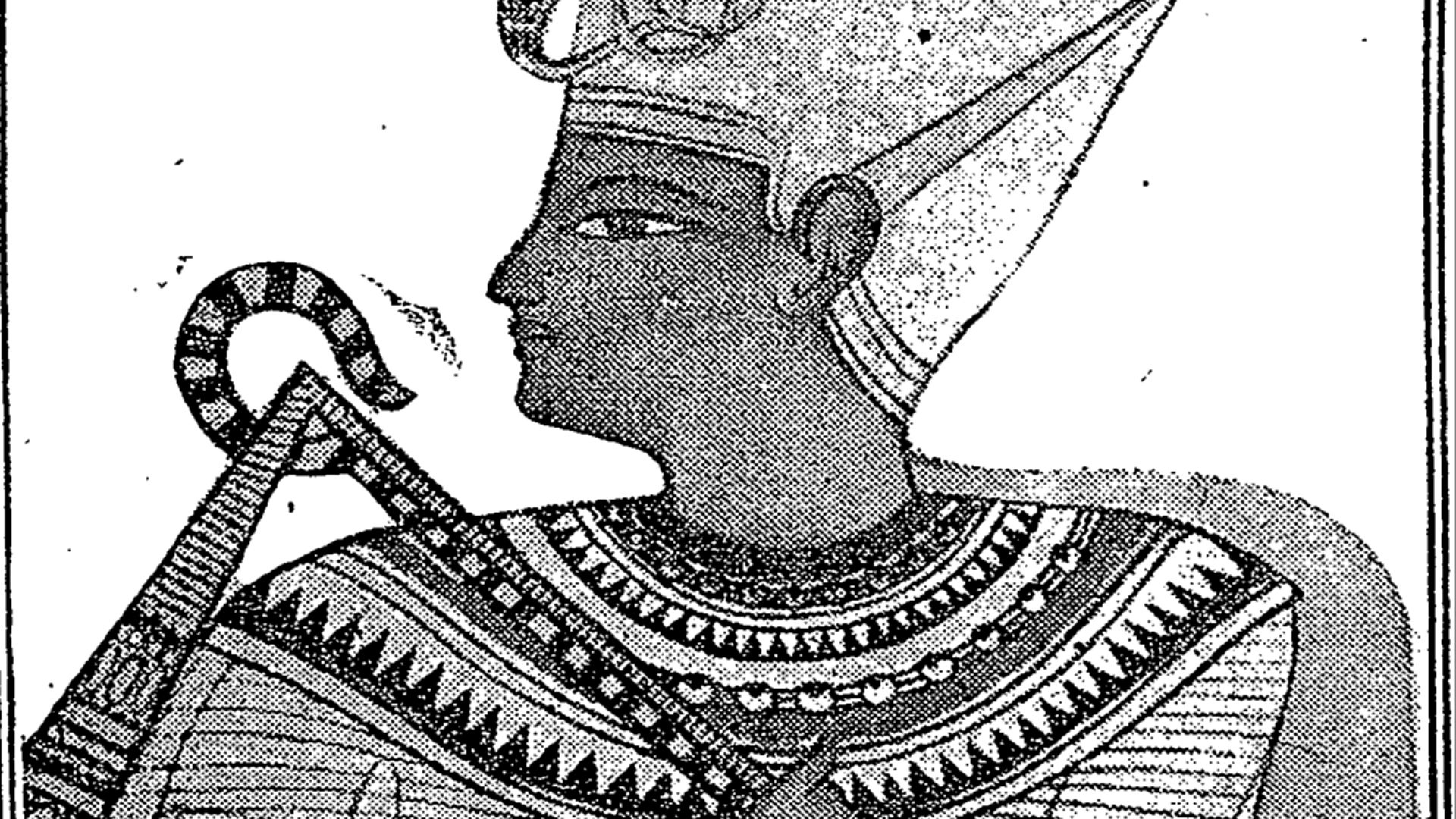 Metropolitan Museum of Art on Wikimedia
Metropolitan Museum of Art on Wikimedia
5. He Married His Sister
Marriage between cousins, uncles and nieces, and even blood siblings was common in Ancient Egypt as a way of maintaining blood purity. Following in his family’s very inbred footsteps, Tut married a woman named Ankhesenpaaten (later Ankhesenamun), who was either his half-sister or his cousin. We told you this was confusing.
6. He Had 2 Daughters
The royal couple had 2 children, both daughters. Unfortunately the girls were born prematurely and did not survive. Both were mummified and buried in their father’s tomb.
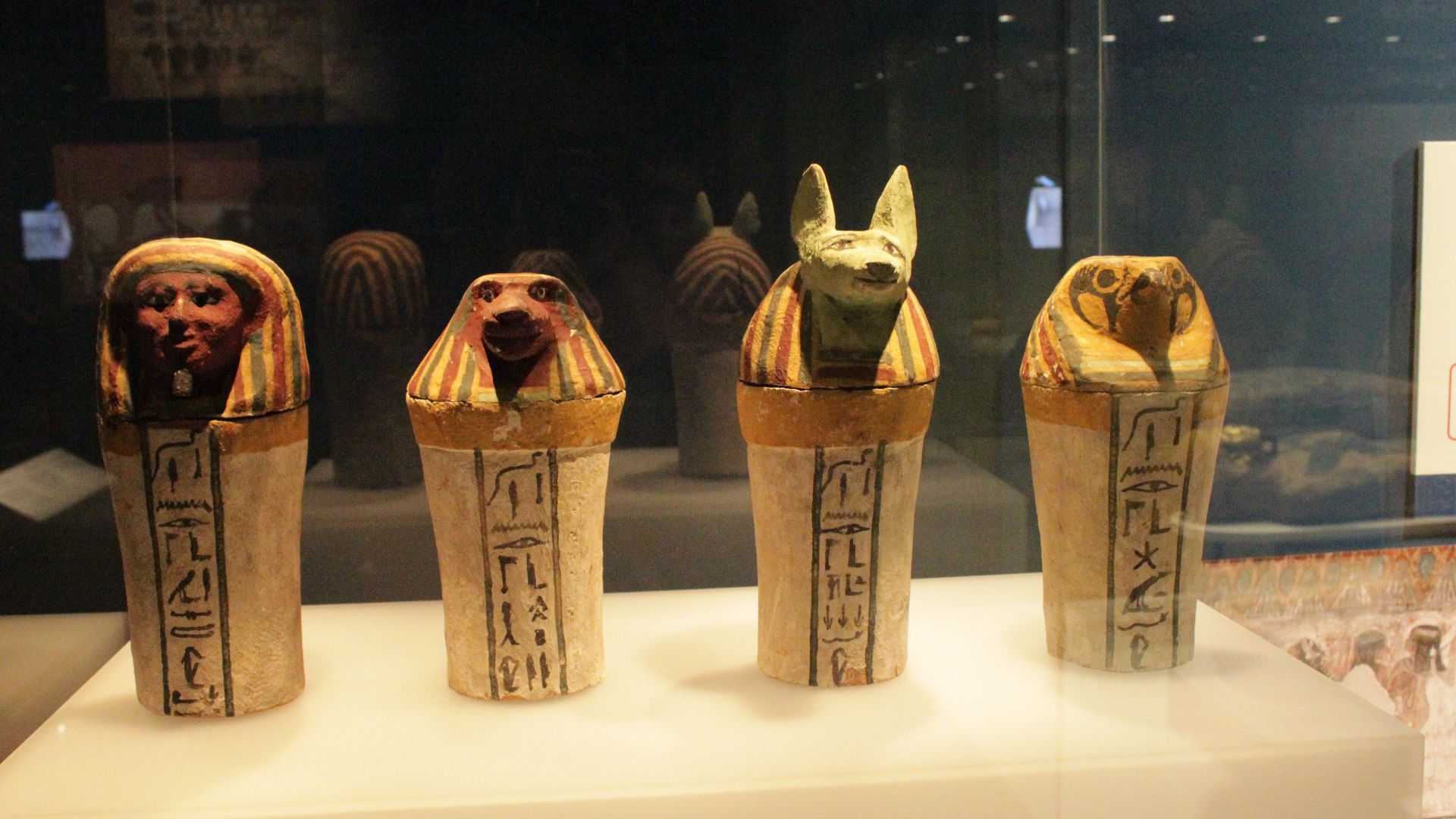 Tim Sneddon from Perth, AUSTRALIA on Wikimedia
Tim Sneddon from Perth, AUSTRALIA on Wikimedia
7. He Refused To Follow In His Father’s Footsteps
When Tut inherited the throne, he also inherited a cult. Like many people, the young pharaoh was not a fan of Atenism and quickly reversed the state religion back to polytheism. He also returned the state capital to Memphis from Amarna and changed both his and his wife’s names to remove the -aten suffix.
8. He Commissioned Great Buildings
As part of his restoration of the old gods, Tutankhamun commissioned a number of grand building projects. Most notably, he designed the Avenue of the Sphinxes, which connects two temple complexes in Luxor. Many of these projects were unfinished at the time of his death.
9. He Was Worshipped As A God
It was traditional for pharaohs to ascend to godhood following their deaths. What was less common was for pharaohs to be worshipped as gods while they were still alive. A cult devoted to Tutankhamun developed during his religious restoration, making him one of only 4 pharaohs to be deified during their lifetimes!
10. He Was Short
Forensic scans run on Tutankhamun’s mummy reveal that he was around 5’6” with a narrow waist and rounded hips. He also had an overbite characteristic of his bloodline, likely the result of generations of inbreeding.
 Cette photo a été prise par André ALLIOT. on Wikimedia
Cette photo a été prise par André ALLIOT. on Wikimedia
11. He Was Disabled
CT scans also suggest that King Tut was physically disabled, including a partially cleft lip, mild scoliosis, and bone necrosis. Other disorders that have been theorized include Marfan syndrome, gynecomastia, Köhler disease II, and epilepsy. Many canes were found in his tomb, though none show the wear expected from mobility aids and were possibly just decorative.
12. He Walked All Over His Enemies
We mean this literally. While never renowned for his battle prowess, the boy king wore custom leather sandals adorned with paintings of four prisoners. These prisoners represented the armies of Syria and Nubia, who were the traditional enemies of Egypt.
13. His Death Is Mysterious
Tutankhamen had a short reign, dying at the age of 19; nearly 4000 years later, we still have no idea what happened! It was once suggested that he was murdered with a blow to the head; however, CT scans determined that damage to the skull was caused by modern unwrapping. More likely hypotheses include malaria, a badly healed leg fracture, disability complications, or a combination thereof.
14. He Was Buried In A Second-Hand Coffin
Pharaohs were buried sort of like Russian nesting dolls in a series of nested coffins. The middle coffin, which was a very snug fit, was possibly intended and originally inscribed for his predecessor Neferneferuaten. Neferferuaten ruled for a short time in between Akhenaten and Tutankhamen, possibly in her own right, and may have been posthumously punished by being denied a pharaoh’s proper burial.
15. His Tomb Was Very Small
Based on how much treasure was found, you may be surprised to learn that King Tut’s tomb wasn’t very big. Whether this was due to his sudden and premature death or revenge by his successors, we don’t know. The most exciting possibility is that there may be secret tunnels or passageways leading to undiscovered rooms!
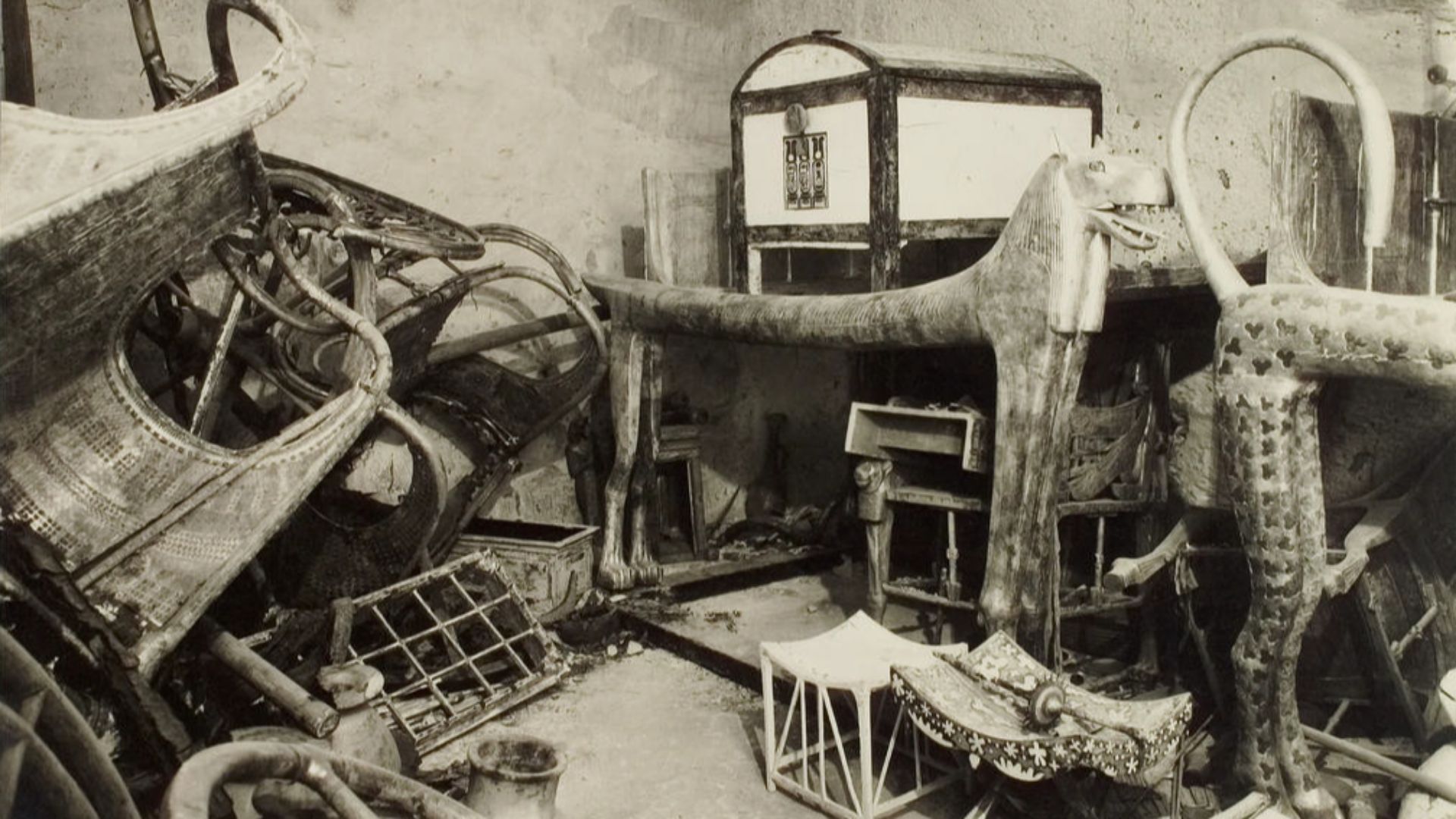 Harry Burton (1879-1940) on Wikimedia
Harry Burton (1879-1940) on Wikimedia
16. He Named His Vizier His Successor
With no living children and a family tree more tangled than a string of Christmas lights, the boy king had to get creative in naming his successor. He chose one of his advisors, a vizier named Ay. Ay served as an advisor for at least two pharaohs, but possibly up to four. Unfortunately, he reigned for only four years, and his successor tried to erase his memory.
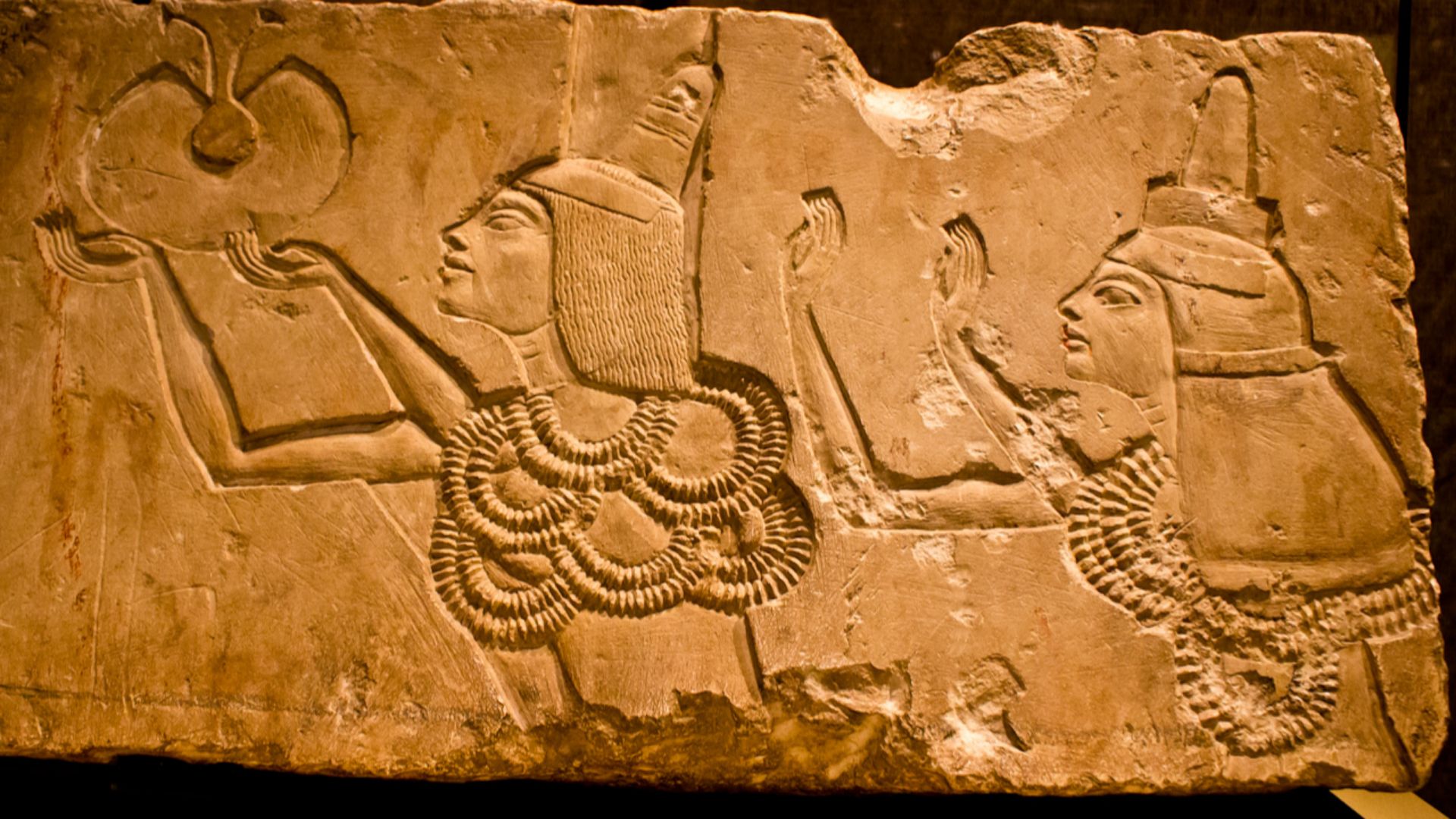 ddenisen (D. Denisenkov) on Wikimedia
ddenisen (D. Denisenkov) on Wikimedia
17. His Advisor Tried To Erase His Legacy
Tutankhamun’s other advisor, Horemheb, also became pharaoh after the elderly Ay passed away. Unlike Ay, Horemheb had less-than-friendly feelings toward the late pharaoh. Ay ordered all traces of Tutankhamun and his dynasty erased. Thank goodness it didn’t work!
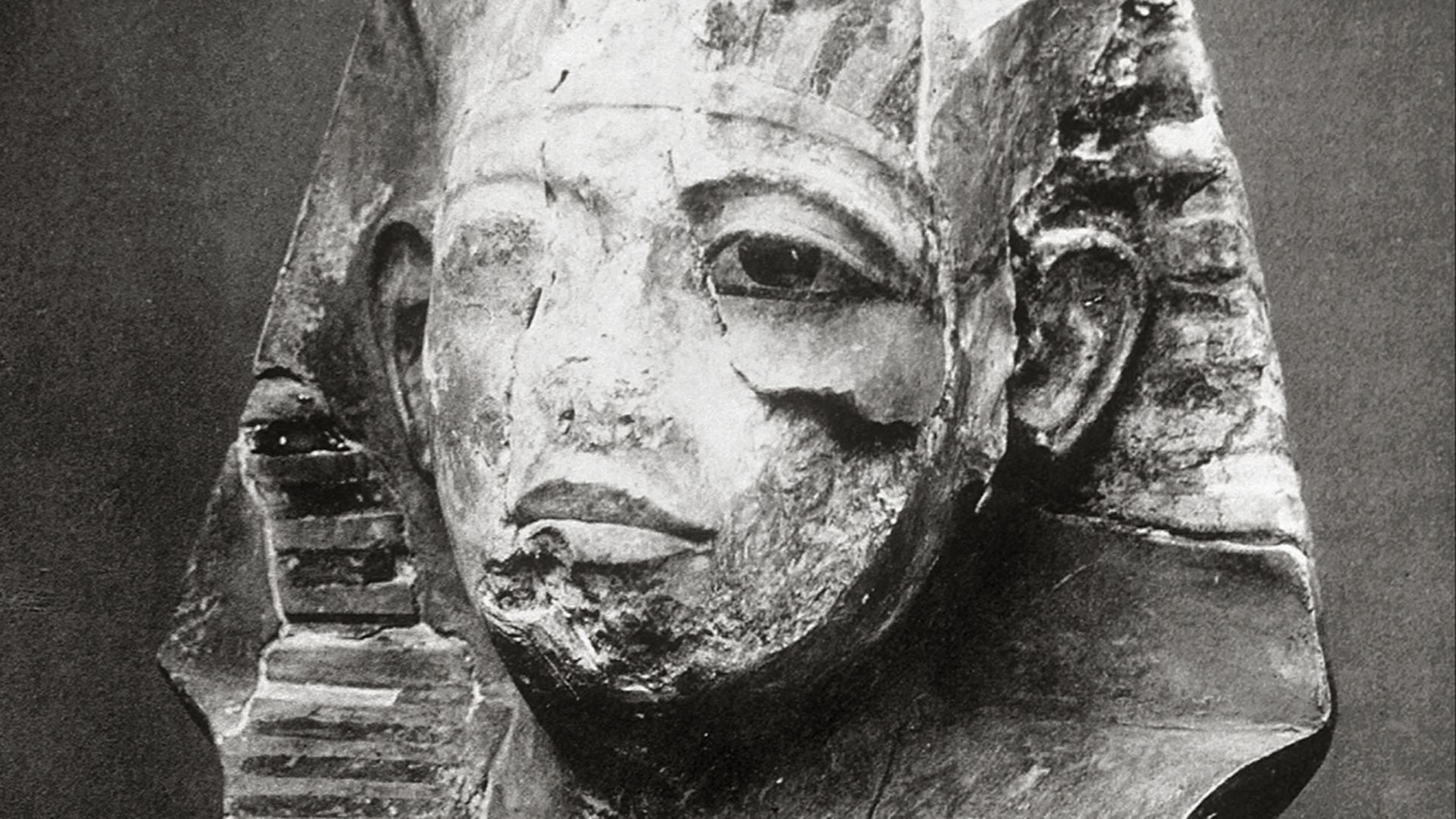 Edward R. Ayrton (1882-1914) on Wikimedia
Edward R. Ayrton (1882-1914) on Wikimedia
18. His Tomb Was Cursed
Some burial chambers were inscribed with curse tablets to ward off grave robbers. The priests who mummified Tutankhamun allegedly did a little more than that, with no fewer than 9 victims of the curse of the pharaohs. Three of those victims died less than two years after the opening of the tomb. Spooky.
19. His Tomb Probably Was Not Cursed
In reality, curses are no more than superstition. Those whose deaths are attributed to King Tut’s undying wrath all perished from natural causes such as blood poisoning, cancer, and pneumonia. Nothing suspicious about that.
20. He Traveled The World
Well, not Tut himself. His body was returned back to his coffin after examinations concluded, with plans to display the mummy and other funerary artifacts in the Grand Egyptian Museum in Giza by the end of 2025. Treasures from his tomb, however, and even a replica of his mummy have been displayed in more than 10 countries across the globe.
tu
KEEP ON READING

The story of Ching Shih, the Woman Who Became the…
Unknown author on WikimediaFew figures in history are as feared…
By Emilie Richardson-Dupuis Dec 29, 2025
The Real Life Of Jesters In Medieval History
RDNE Stock project on PexelsThe idea of having a little…
By Breanna Schnurr Dec 23, 2025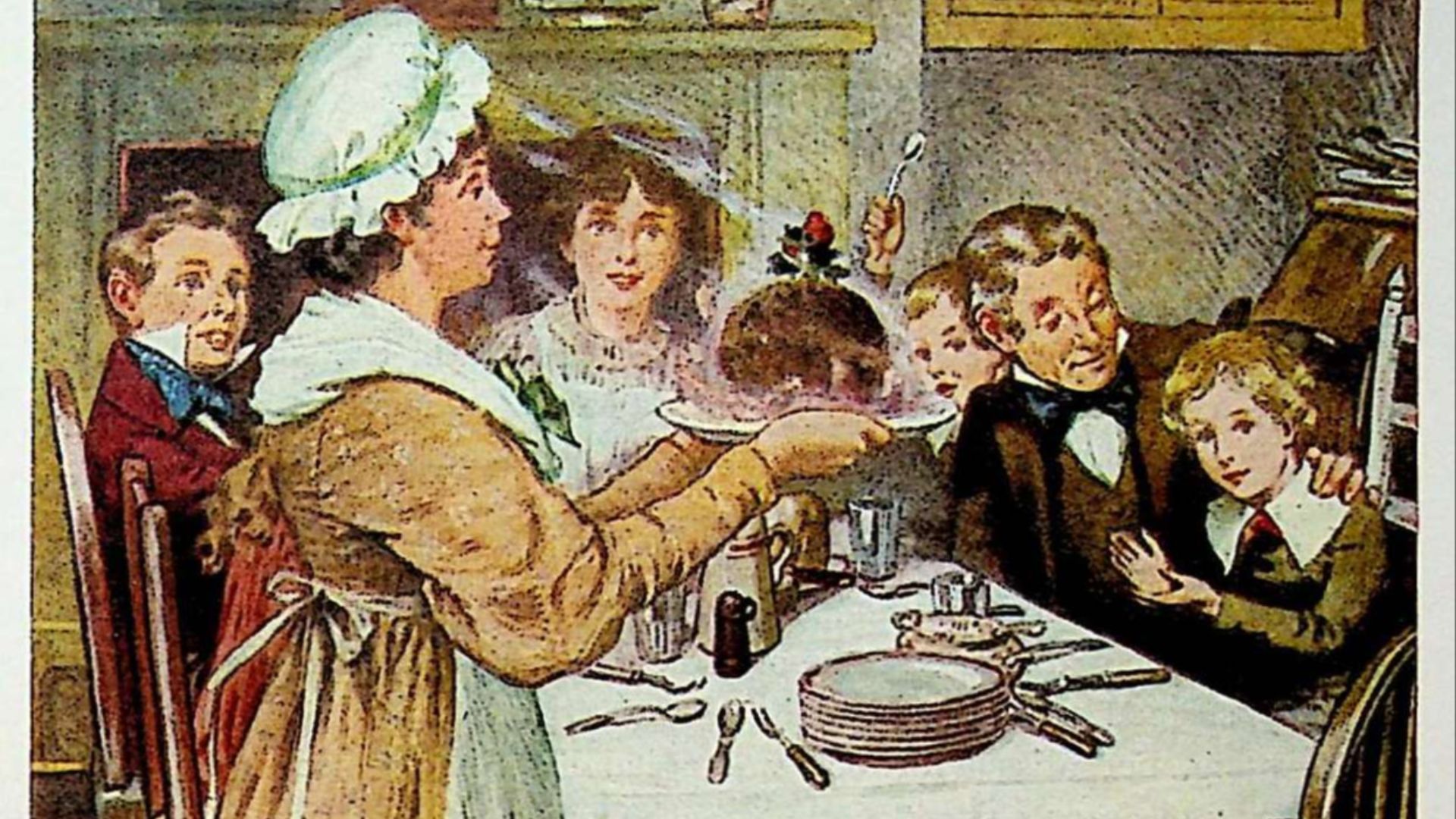
The Muppet Christmas Carol Is The Most Accurate Screen Adaptation…
henlfern on PixabayThere are only two more sleeps until Christmas…
By Ashley Bast Dec 23, 2025
Ivan Mishukov: The Boy Raised by Dogs
cottonbro studio on PexelsWhen a four-year-old boy fled home in…
By Cameron Dick Dec 23, 2025
Oscar Wilde Is The Irish Icon You Don’t Know Much…
The Man Beyond Quotes. Oscar Wilde feels familiar at first.…
By David Davidovic Dec 23, 2025
The 10 Worst Arranged Marriages in History & 10 That…
Strategic Marriages Aren't All Failures. Throughout history, marriages were held…
By Emilie Richardson-Dupuis Dec 23, 2025

